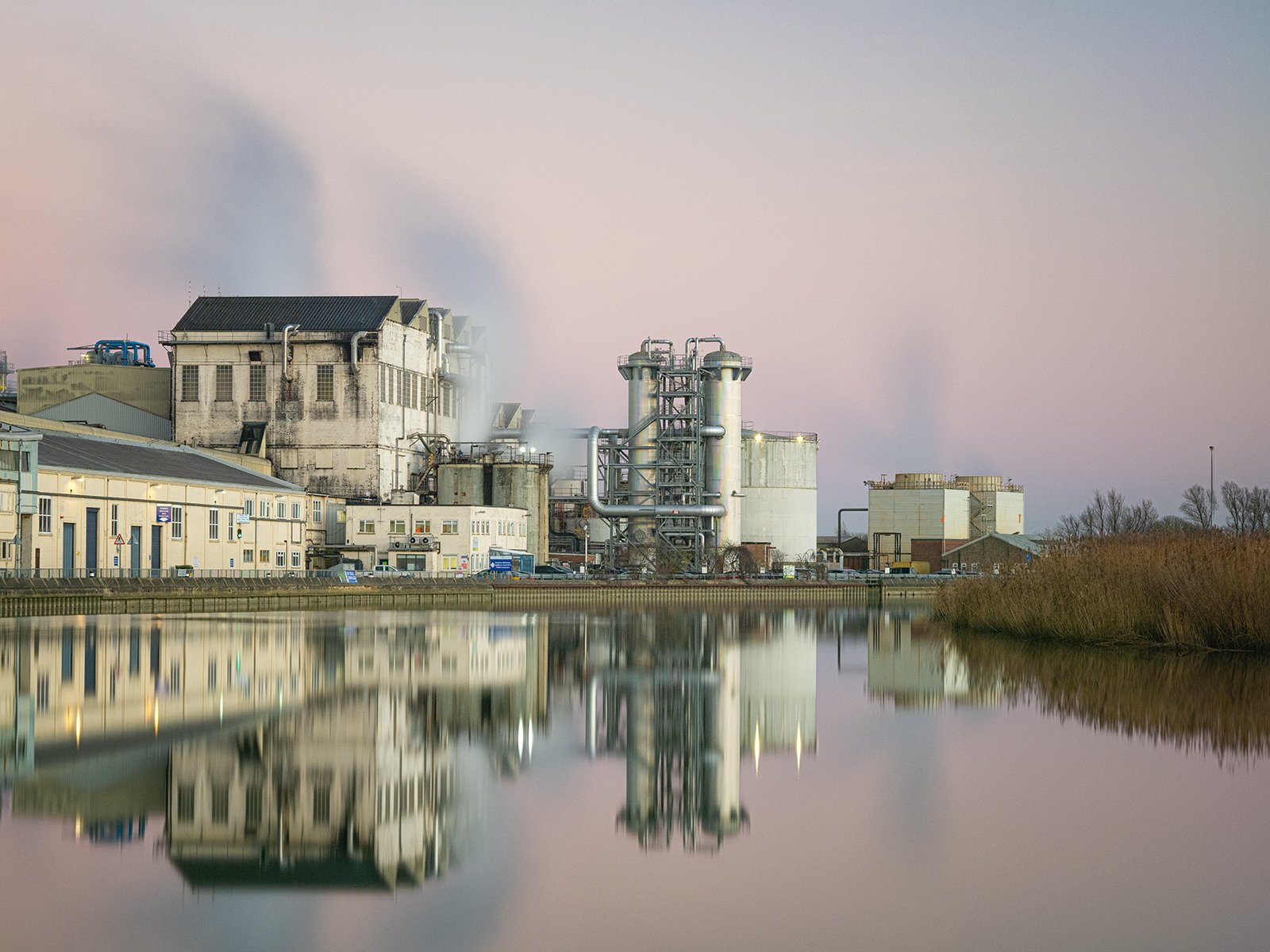POSTPONED DUE TO ANTICIPATED POOR WEATHER CONDITIONS
Shoot will take place on Sunday 27th February meeting at 5:45am.
If you have reserved a place on the shoot there is no need to re-book.
This month’s Landscape Group shoot will take us to Hardley Staithe
The Loddon area in general offers some great opportunities particularly on cold, crisp amd misty winter mornings. We shall start from the car park at Hardley Staithe. From there we shall walk up the footpath on the left hand side of the Staithe.
All along the Staithe there are opportunities for shots across the marshes and at the end you will see a mill opposite and to the left Hardly Mill and beyond Cantley Sugar Beet Factory on the farside of the River Chet
From the car park to Hardley Mill is a distance of around 1 mile so with sunrise at 7:00am meet by 6:00am to allow sufficient time to walk to the further viewing points.
Keep an eye out for any last minute change of plans because if sub-zero temperatures are forecast we might decide to start first at Pyes Mill Picnic Area and then move on to Hardley Staithe later.
Cantley Sugar Beet Factory by David Turner
The Landscape Group meets regularly throughout the year. The exact location of the shoot is decided about two weeks before so that we can consider the local tide times out on the coast and also the forecast weather conditions we are likely to encounter. Even then sometimes things do not go to plan and the plans can change even in the last few hours before to meet time. For that reason it is recommended that members check the website for any last minute changes before travelling.
East Anglia is a special place that is famous for its big skies. The predominantly flat landscapes are however, not easy to photograph, but the lack of elevation means the first and last light of day lingers a little longer – but when it all comes together it can be magic…!
The North Norfolk Coast – begins and ends with cliffs, rising in the west with the striped cliffs of Hunstanton and ending with the those that undulate from Weybourne to the old seaside resort of Cromer with its ornate pier, sandy beach and crab fishing fleet. In between there is more than forty-miles of flatter coastline that offers endless opportunities for photographers prepared to explore the patchwork of creeks, salt marshes and beaches.
The Broads and East Norfolk Coast is a unique landscape of lakes (broads), grazing marshes, reed beds and rivers dotted with windmills and quaint villages that are bounded on its eastern edge by windswept sandy beaches. The most northerly sand dunes however, make way for crumbling cliffs and the advancing costal erosion that is occurring particularly around Happisburgh.
Also in reach is the Suffolk Coast stretching from Covehithe in the north to Bawrdsey in the south. Meandering inland from the coast are the slow, sweeping estuaries flanked by reed beds and saltmarshes of the rivers Deben, Ore (later becoming the Alde) and Blyth. Also of interest to photographers are the towns of Woodbridge and Framlingham with its medieval castle.
From September through until the clocks go forward to BST we meet early on a Sunday morning about one hour before sunrise and after the shoot around 10:00am it is not unusual for members to head off together for a well earned breakfast. After, the clocks go forward we move to holding the shoots on a Saturday evening when it is easier to stay out later..! Around December and January we also try to plan to visit those locations further afield as sunrise is later at this time of year.
Please remember, The Landscape Group can only be as good as the input made by its members so if you are willing to organise or lead any kind of event that you think will be of interest to members, please step forward. Please don’t be shy – all offers of help will be greatly appreciated…!
Please note:
Don’t forget to check the arrangements before setting out if there has been extreme weather overnight.
About the NDPS Landscape Group
The Landscape Group’s objectives are simple – to encourage members who wish to take part improve their landscape photography, enhance their understanding of the equipment and techniques available. Learn through collaboration with fellow members and have fun.
Landscape is one of the oldest art forms with many famous landscape painters such as John Constable, Jacob van Ruisdael and J M W Turner. Since the invention of the camera landscape photography has become one of the most prolific forms of photography, reaching critical acclaim in the hands of photographers like Ansel Adams and Joe Cornish to name but two.
Latterly techniques such as intentional camera movement (ICM) and multiple exposures have enabled photographers to come closer to the ephemeral images painted by Turner in his later period and the use of perspective control or tilt/shift lenses has allowed digital photographers to emulate the depth of focus and perspective control long achieved using traditional large format cameras. The use and understanding of filtration is another area in landscape photography that has advanced considerably in the last twenty years and nowadays it is unusual not to find a set of neutral density and graduated filters taking up valuable space in the landscape photographer’s bag.
Since it began in 2016 the landscape group has developed range of activities support members of the Society in developing their skills in creating landscape imagery, whether this is with a traditional or more contemporary approach.
Please remember, our group can only be as good as the input made by its members so if you are willing to organise or lead any kind of event that you think will be of interest to members, please step forward. Please don’t be shy – all offers of help will be greatly appreciated…!

